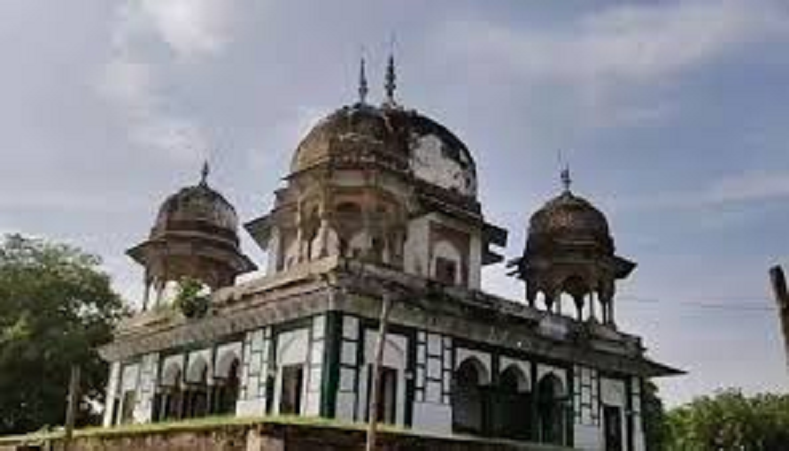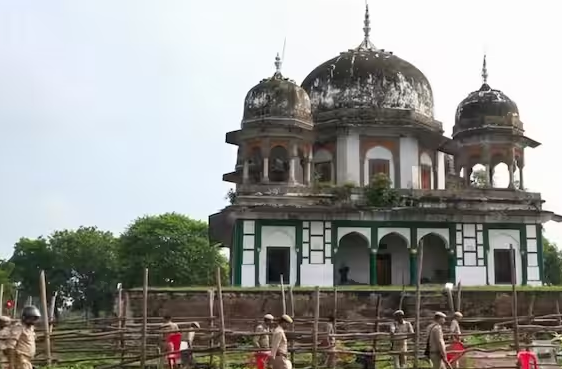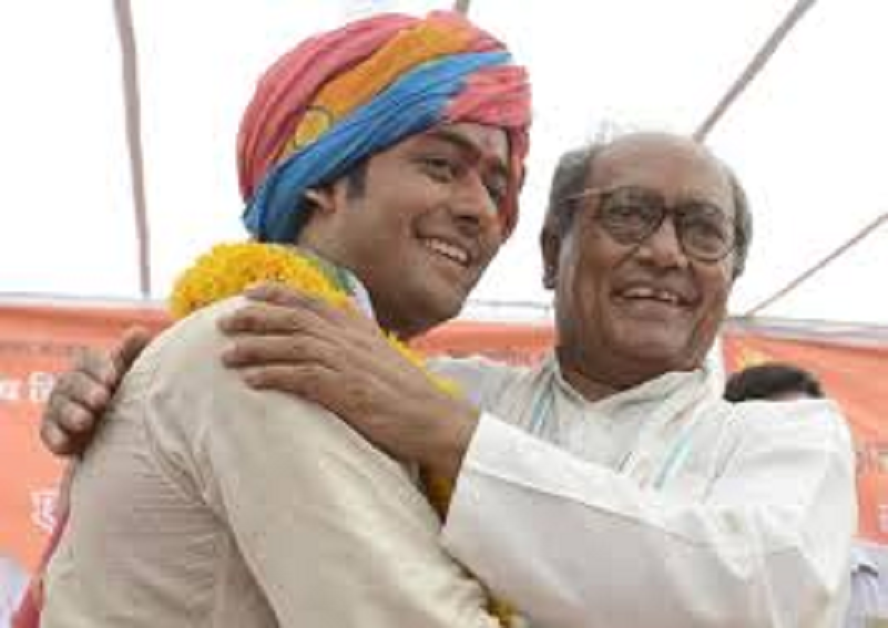Fatehpur News: What is the history of the tomb in Fatehpur, on which politics is being done?
- bySherya
- 12 Aug, 2025

Fatehpur News: A controversy has arisen over the tomb of Nawab Abdul Samad in Fatehpur. Some people entered the tomb carrying saffron flags, after which the situation remained tense. Let's know what the whole matter is.

In Fatehpur, a picture of a dispute over the tomb has come to light. Some people entered the tomb with saffron flags, vandalised it and later stone pelting took place. The police brought the situation under control by using mild force. After the incident, peace has been restored at the spot but there are many questions as to what the matter is.
How did the talk of religious harmony getting spoiled suddenly come up in Fatehpur. To know what the dispute is, we first approached the advocate of the Muslim side, who claims that the place where the dispute took place is a mausoleum.
The tomb is mentioned in this book
It is mentioned in The Imperial Gazetteer of India in 1881. He said that its history is about three hundred and fifty years old from 1704 during the reign of Aurangzeb. It is known as Mangi Maqbara and is also called Sangi Maqbara which means stone tomb.
If we talk about the graves built here, Abdul Samad Khan died in 1699 and his son Abu Mohammad died in 1704 and the graves of these two are present here, the rest are of their other servants. He told that in Fatehpur Gazetteer in 1906, writer H.R. Neville has mentioned this on page number 199 and 200.
Fatehpur's historian mentioned it in the book
Apart from this, The Imperial Gazetteer of India was written in 1881, in its Volume 12, page 83, it is mentioned. Fatehpur's historian Dr Omprakash Awasthi has mentioned it in the Anuvak book on page 165. Dr Ismail Azad has mentioned it in Tareekh-e-Fatehpur on pages 53, 54, 55. And even in the paper records, it is recorded as a mausoleum.
The Hindu side has come forward with its claim and according to them, in the records, this is not a tomb but a temple of Thakurji. According to the Hindu community, the land number 1159 of the tomb was the land of Girdhari Lal and Rai Ishwar Sahay. The division took place in 1927, while in 1928, the division was done by the SDM court, then 1159 came in the account of Satishchandra, 753 and 752 came in the account of Rai Ishwar. There was a dense garden here.
The property belonged to the Waqf Board
According to them, with the passage of time, their property became Wakf property and the Wakf Board made Aneesh the Mutawalli. And Muslims started going there. The person claiming ancestral land said that there was a Shiv temple in the middle. He said that the area is number 752.
According to the Muslim community, the tomb is registered in Gata number 753, but according to the Hindu community, this land was registered in God's property. Now it remains to be seen what is the next step of both the parties regarding this matter?





